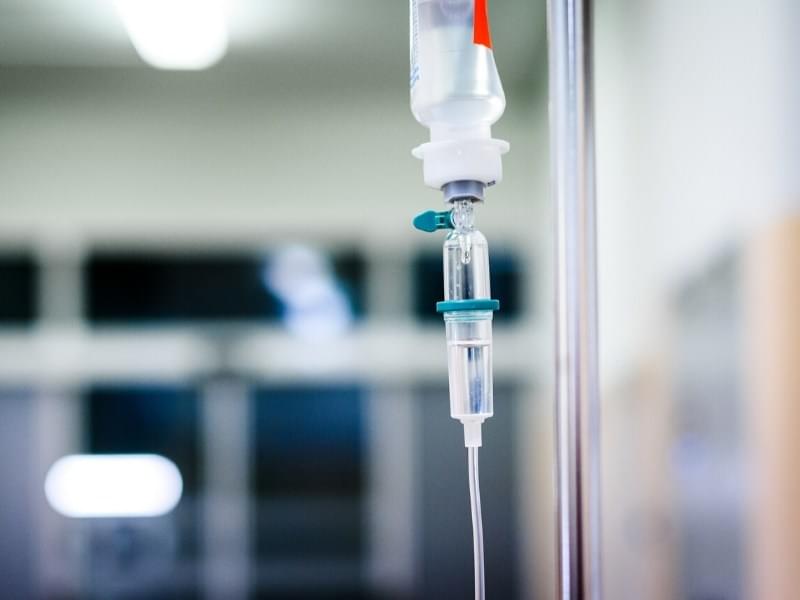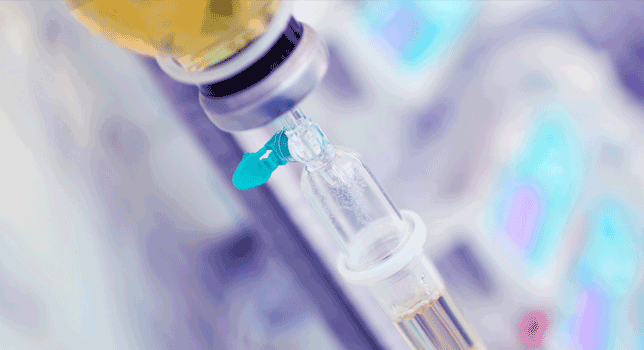Updated August 2021
As USP standards evolve, the testing requirements must also evolve to meet these changes. Download our comparison chart below to find out more. If you require consultative support, testing services, or training please get in touch with one of our experts.
Which chapter is relevant now?
Work conducted to either <661> or <661.1> / <661.2> is valid now, but you should consider how you use the data, what you are testing (material or container/packaging system), the benefits of each testing approach and when data is needed.
USP <661.1> and <USP 661.2> becomes official on
December 1, 2025. Until the implementation date, USP <661> still applies or you can adopt <661.1> and <661.2> early. If early adoption of USP <661.1> and USP <661.2> is chosen, then USP <661> need not be followed.
HOWEVER, all packaging materials must meet USP <661.1> / <661.2> after December 1, 2025 even if they had only met the requirements of USP <661> previously.
An expert can help support with finding a path forward.
What are the bases for USP <661.1> and <661.2>?
USP <1661> “Evaluation of Plastic Packaging Systems for Pharmaceutical Use and their materials of Construction” describes the key concepts behind USP <661>, <661.1> and <661.2> and guidance with regards to the use of the chapters. The bases for the assessments are to “
establish tests and acceptance criteria to ensure packaging systems do not materially impact the effectiveness of the drug product”.
The qualification of packaging systems is based on a three-stage approach:
- Material Assessment; Characterisation, Screening and Selection – USP <661.1>
- Packaging System Assessment and Qualification – USP <661.2> and <1663>*
- Product Assessment and Qualification – USP <661.2> and <1664>*
*USP <1663> and <1664> form part of the
Chemical Safety Assessment and is
risk based testing:
- USP <1663> - Assessment of Extractables Associated with Pharmaceutical Packaging/Delivery Systems
- USP <1664> - Assessment of Drug Product Leachables Associated with Pharmaceutical Packaging/Delivery Systems
Risk-based testing requires knowledge of the end use.
Where do USP <661.1> and <661.2> apply?
USP <661.1> relates to a plastic material of construction used to manufacture a packaging system, i.e. the resin.
USP <661.2> relates to a packaging system as a whole; conformance to USP <661.2> does not require the materials to also meet USP <661.1>.
You apply USP <661.1> or <661.2> depending on whether you seek to evaluate an entire packaging system or an individual plastic material. Plastic materials are considered characterized and appropriate for use if they meet the requirements of USP <661.1> or are used in a packaging system that meets the requirements of USP <661.2>. The material is only considered to be characterized and appropriate for use for a specific packaging system and pharmaceutical product evaluated against USP <661.2>.
Ultimately, if you wish to secure regulatory approval of a packaging system you need to fulfil the requirements of USP <661.2> including the consideration of a Chemical Safety Assessment (aka. Extractables and Leachables; see USP <1663>, USP<1664>, USP <1664.1>).
What happens to USP <661> from 1 December 2025?
USP <661>, in its current form, will become obsolete and packaging systems must meet the requirements of USP <661.1> and USP <661.2> even if they had only met the requirements of USP <661> previously.
What are the main differences between USP <661> and USP <661.1> and <661.2>?
USP <661.1> and USP <661.2> data packages provide a greater knowledge base to facilitate an appropriate evaluation for the correct selection of materials and protect patients more than would be possible with USP <661>. Overall the philosophies link to USP <1661>, <1663>, <1664> and <1664.1> in terms of risk management.
What are the expectations for elemental analysis?
According to USP <661.1> elemental analysis is assessed where “deemed necessary and appropriate by the end user” and USP <1661> describes how this is considered. USP <1661> describes these as:
- Selection of appropriate extraction conditions
- Selection of target elements to assess (intentionally added and unintentionally added)
- Appropriate analytical methodology meeting the reporting requirements (Although not described this is typically Inductively Couple Plasma Mass Spectrometry (or Optical Emission Spectroscopy).
What are the expectations for biocompatability testing?
USP <661.2> and USP <661.1> describes the biocompatibility testing requirements that are dependent on the dosage form, therefore
knowledge of the end use is required. Oral and topical dosage forms do not require USP <87> (Biological Reactivity Tests, In Vitro) testing for compliance to USP <661.1> or USP <661.2>, all other dosage forms require <87>.
USP <88> (Biological Reactivity Tests, In Vivo) is not, directly referenced. USP <87> does however note that materials that fail the in vitro tests (USP <87>) are candidates for the in vivo tests described in USP <88>.
Is an Extractable and Leachables study required?
A “
Chemical Safety Assessment” is required for packaging systems as described in USP <661.2> which is risk-based testing as described in USP <1663>, <1664> and <1664.1>. This is based on “1) the packaging system, 2) its materials of construction, 3) its components of construction, as appropriate, or 4) the packaged drug product”. Where testing is needed as part of a chemical safety assessment, it must be based on sound and justifiable scientific principles.
See also:
- USP <381> “Elastomeric Components in Injectable Pharmaceutical Product Packaging/ Delivery Systems”
Contact our experts to hear more about how we can support with your chemical safety assessment, and find out more about the
extractables and leachables testing and
medical device testing services that Smithers offers.
Download our USP comparison chart below:



